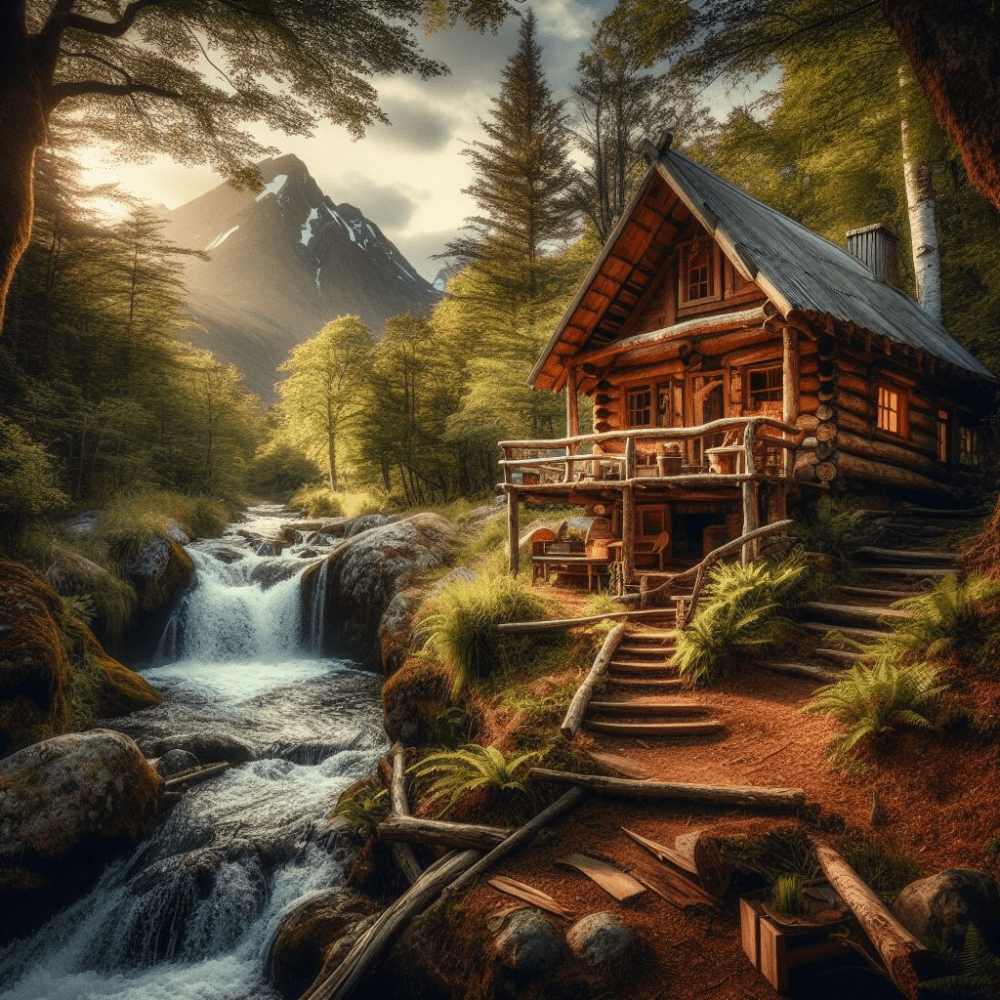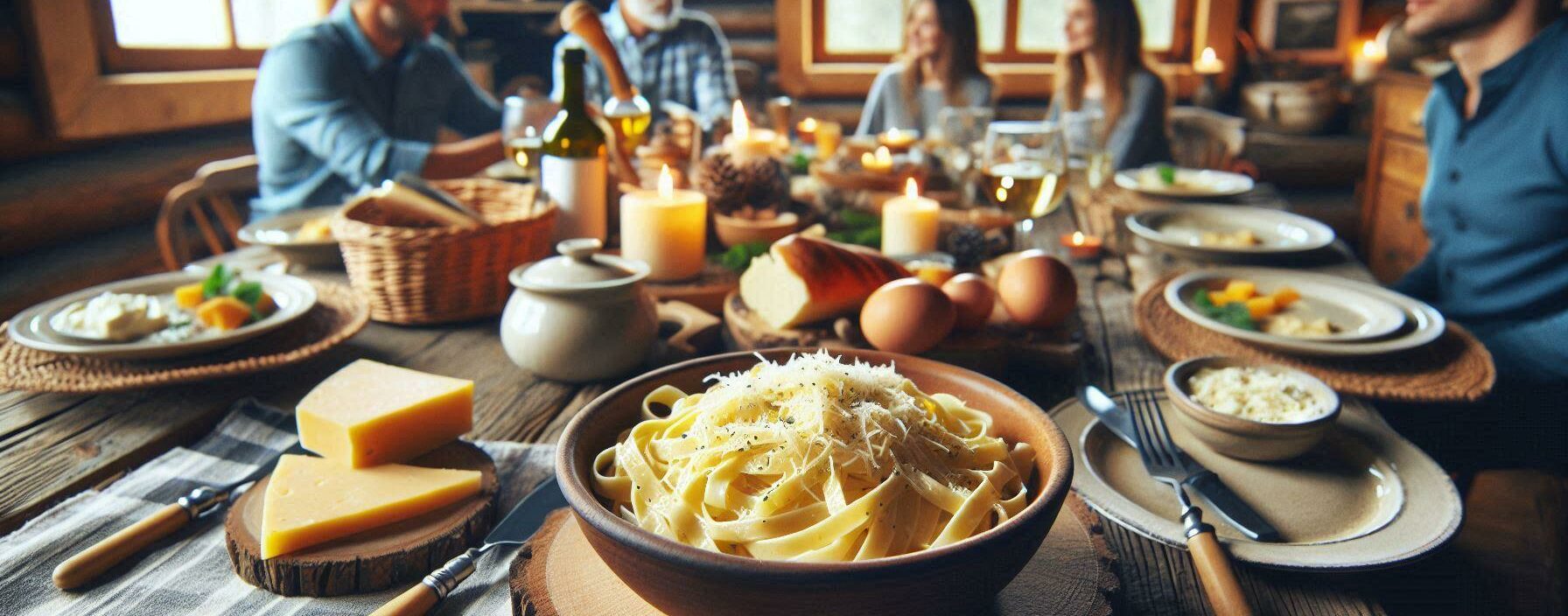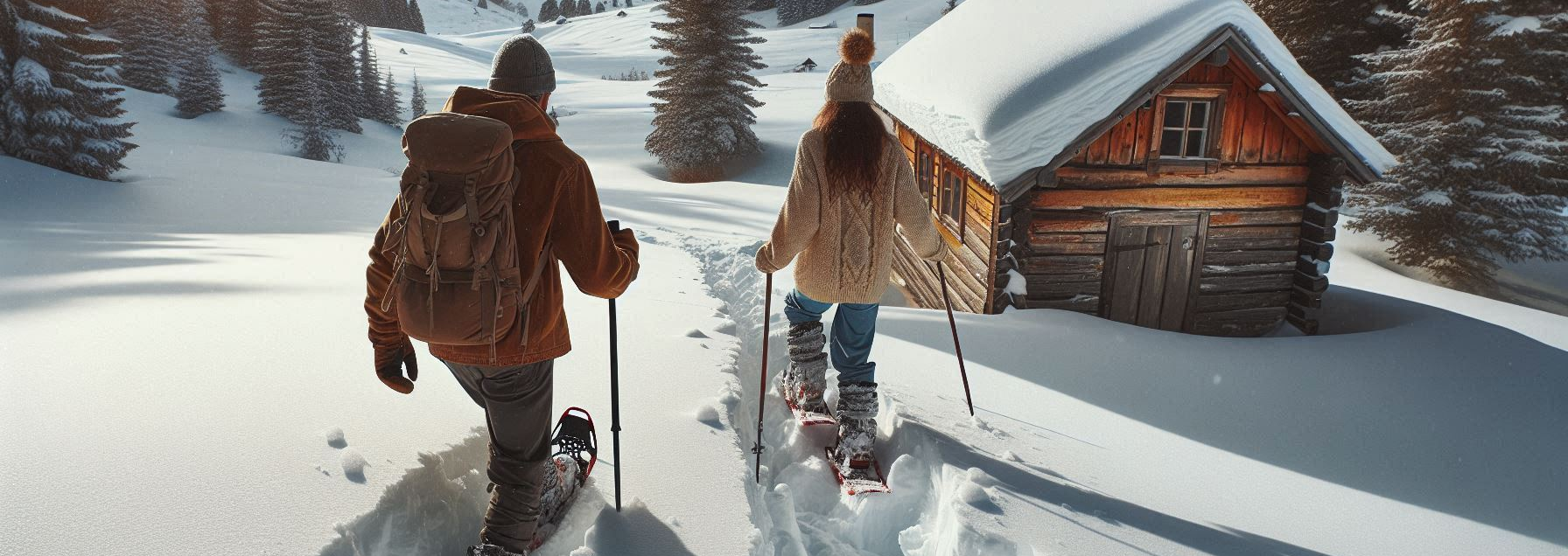When we think about cabins, we often picture peaceful retreats in the woods—places to escape, slow down, and reconnect with nature. But some cabins have played far bigger roles. Scattered across America are humble log structures that became the backdrops for pivotal events, influential lives, and cultural turning points.
From the birthplaces of presidents to the meeting places of revolutionaries, these historic cabins have shaped the nation’s story. Today, we’ll explore several that left their mark on American history—and why they still matter.
Lincoln’s Boyhood Home – Knob Creek, Kentucky
Few American figures are as closely tied to the image of a log cabin as Abraham Lincoln. Born in a one-room cabin on Sinking Spring Farm in Kentucky, Lincoln spent much of his early childhood at Knob Creek.
Life here was far from easy. The Lincoln family farmed rugged land, faced frequent floods, and lived with few material possessions. But it was in this cabin that young Abraham developed the resilience, work ethic, and empathy for common Americans that would define his presidency.
Today, the Knob Creek cabin is preserved as part of the Abraham Lincoln Birthplace National Historical Park, offering a glimpse into the modest beginnings of one of the nation’s greatest leaders.
The Carter Cabin – Plains, Georgia
Before he became the 39th President of the United States, Jimmy Carter spent his formative years in a simple cabin without running water or electricity. Growing up in rural Georgia during the Great Depression, Carter learned self-reliance and a deep respect for community.
The Carter family cabin wasn’t just a home—it was the center of a working farm. The lessons Carter learned here about hard work, humility, and fairness would later influence his approach to politics and diplomacy. Visitors today can explore the cabin as part of the Jimmy Carter National Historical Park.
The Daniel Boone Cabin – Defiance, Missouri
Frontiersman Daniel Boone is one of the most legendary figures in early American history, and his Missouri cabin is a testament to the grit and ingenuity of pioneers. Built in the early 1800s, the Boone Home served as both a residence and a gathering place for settlers moving west.
Here, Boone hosted travelers, shared knowledge about surviving in the wilderness, and played a role in guiding America’s westward expansion. The restored Boone Home now stands as a museum, preserving the spirit of exploration that helped define the young nation.
Booker T. Washington’s Birth Cabin – Franklin County, Virginia
Born into slavery in 1856, Booker T. Washington spent his earliest years in a rough one-room cabin on a Virginia plantation. The cabin had no floorboards—only dirt underfoot—and no windows beyond small openings covered with cloth.
Washington’s journey from this humble beginning to becoming a leading educator, author, and presidential advisor is one of the most inspiring stories in American history. Today, the cabin is part of the Booker T. Washington National Monument, a reminder of the resilience and determination that can rise from even the harshest circumstances.
The Adair Cabin – Harrodsburg, Kentucky
Built in 1792, the Adair Cabin is tied to the story of Kentucky’s early settlement and the American frontier. John Adair, who lived here, would go on to serve as governor of Kentucky and a hero of the War of 1812.
The cabin also served as a waypoint for pioneers traveling west, offering rest, food, and shelter in an era when the wilderness was both dangerous and full of opportunity. Restored and open to visitors, the Adair Cabin connects us to the challenges faced by early Americans pushing into new territories.
The Roosevelt Cabin – North Dakota Badlands
In 1883, a young Theodore Roosevelt built a small cabin along the Little Missouri River in what is now North Dakota’s Badlands. Initially arriving as a grieving widower, Roosevelt immersed himself in ranching and the rugged outdoor lifestyle.
His time in the cabin profoundly shaped his views on conservation and the importance of preserving America’s natural landscapes. When Roosevelt became president, those values translated into the creation of national parks, forests, and wildlife refuges. The original cabin has been preserved and can be toured at Theodore Roosevelt National Park.
The Role of Cabins in American Identity
These cabins—while diverse in location and story—share common threads. They represent a blend of resilience, resourcefulness, and connection to the land that has long been part of the American identity.
In a time before highways, supermarkets, and instant communication, cabins were not simply homes; they were command centers for survival, places of innovation, and often the backdrop for life-changing decisions.
Why These Stories Still Matter
You might wonder: why preserve and celebrate these modest wooden structures when grander historical buildings exist? The answer lies in what cabins symbolize.
- Humble Beginnings – Many of America’s most influential figures started life in cabins, proving that greatness can grow from the simplest of circumstances.
- Frontier Spirit – Cabins were the launchpads for exploration and settlement, helping shape the nation’s geographic and cultural landscape.
- Resilience and Adaptability – Living in a cabin required skills and creativity that still inspire admiration today.
- Connection to Nature – These homes were often built in harmony with their surroundings, reminding us of a time when daily life was more attuned to the natural world.
Visiting Historic Cabins Today
If you’re drawn to these stories, consider planning a trip to visit some of these historic cabins. Many are part of state and national parks, offering guided tours, historical reenactments, and interactive exhibits.
Standing inside a preserved cabin, you can almost feel the presence of the people who lived there—the creak of the floorboards, the warmth of the hearth, the scent of aged timber. It’s a direct, tangible link to America’s past.
The Legacy of Wooden Walls
Historic cabins may be small in size, but their impact on American history is enormous. They remind us that history is not only written in marble halls or gilded palaces—it’s also etched into the grain of hand-hewn logs.
Each cabin tells a story of endurance, vision, and transformation. And in preserving these places, we keep those stories alive for future generations.
Final Thought:
The next time you see a log cabin—whether it’s tucked deep in the forest or standing proudly in a historical park—remember that it may hold a story capable of changing how we see the American journey. In their simplicity, these cabins carry the weight of a nation’s history, one wooden wall at a time.





